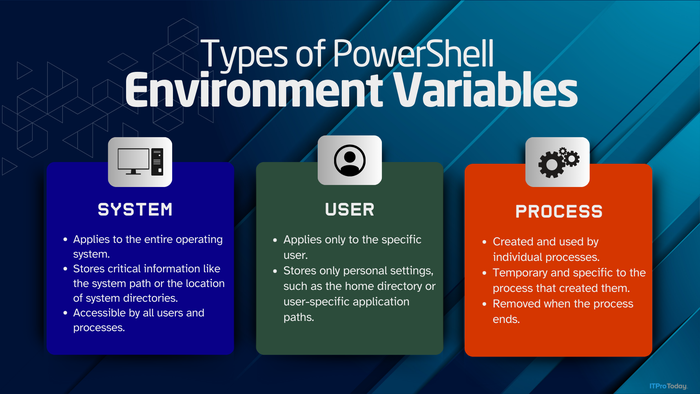Developing a Self-Service Business Intelligence SolutionDeveloping a Self-Service Business Intelligence Solution
PowerPivot for Excel and PowerPivot for SharePoint are complementary technologies from Microsoft that enable self-service business intelligence. Whether you’re a business analyst who needs a better way to work effectively with large volumes of data, or an IT professional.
April 1, 2012

Total Running Time: 180 min
PowerPivot for Excel and PowerPivot for SharePoint are complementary technologies from Microsoft that enable self-service business intelligence. Whether you’re a business analyst who needs a better way to work effectively with large volumes of data, or an IT professional responsible for developing a data infrastructure that supports business decision-making, you should understand how you can use PowerPivot for Excel and PowerPivot for SharePoint to help achieve your objectives. This series explains how to use these tools effectively, including:
Consolidation and integration of data from a variety of sources for analysis
Enrichment of PowerPivot data with calculations
Sharing and management of PowerPivot workbooks in a SharePoint environment
At the conclusion of this series, you will be able to:
Import data from SQL Server, text files, Excel, and other data sources into a PowerPivot workbook
Develop both simple and complex relationships between tables in a PowerPivot data model
Add calculated columns and measures to your PowerPivot data model
Build PowerPivot reports using PivotTables, PivotCharts, or cube functions
Refresh the contents of a PowerPivot workbook with current data on a scheduled basis
Use a PowerPivot workbook as a source for self-service reporting using other tools
Monitor the usage of PowerPivot workbooks
Session 1: Analyzing Data with PowerPivot for Excel
Session 2: Enhancing Data Analysis with DAX Calculations
Session 3: Managing Self-Service BI with PowerPivot for SharePoint
About the Author
You May Also Like






.jpg?width=700&auto=webp&quality=80&disable=upscale)
